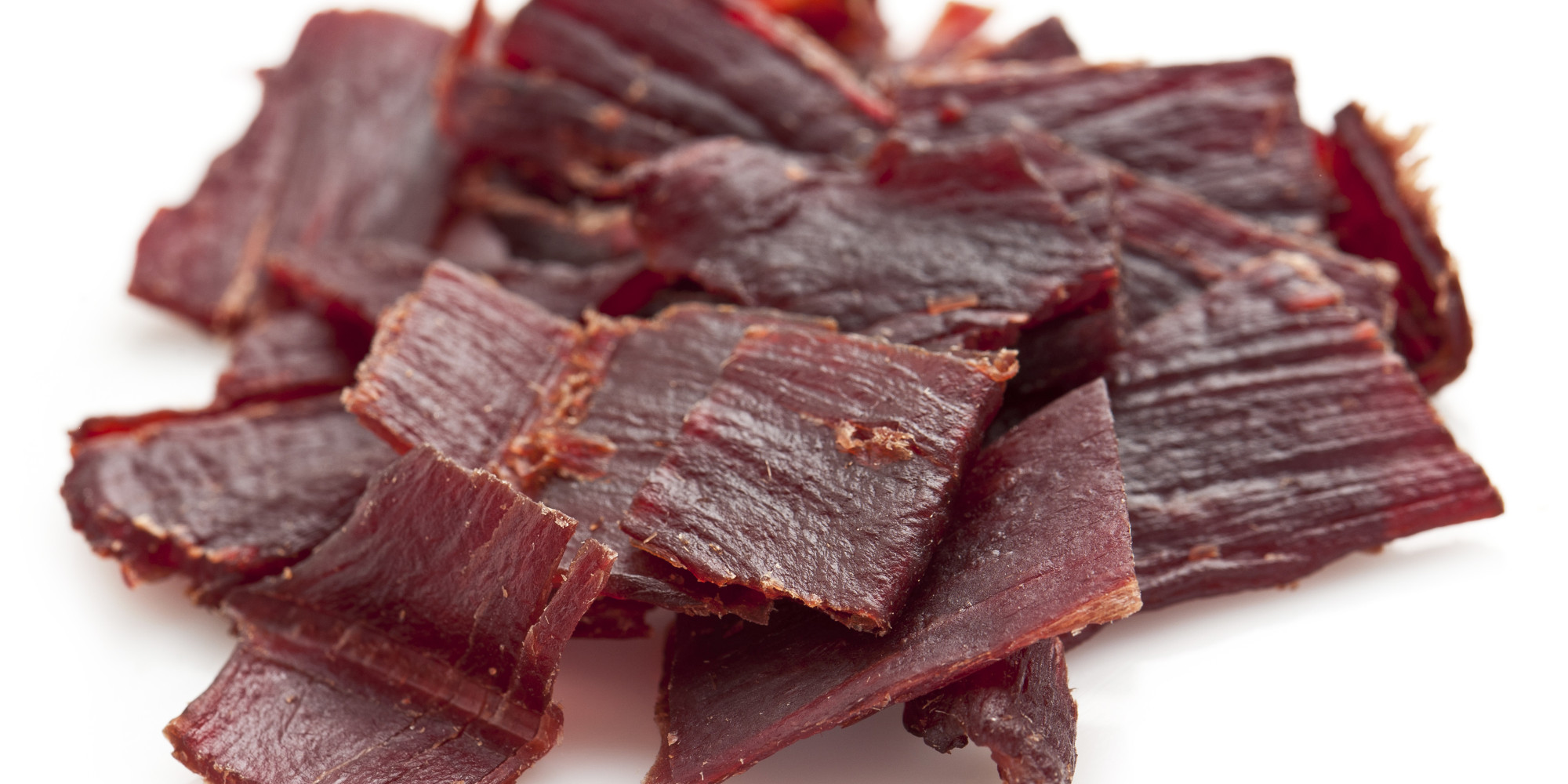According to the recent report by Organic Market Research “Passenger Car Motor Oil Market Report by Viscosity Grade (Multi Grade, Mono Grade), Type (Full Synthetic, Synthetic Blend, Conventional, High Mileage), and Region 2025-2033,” the global passenger car motor oil market size reached USD 20.8 Billion in 2024. Passenger car motor oil, also known as PCMO, is produced by combining base oils, including additives like viscosity index improvers, detergents, and dispersants. They are obtained from petroleum-based hydrocarbons that aid in lubricating the internal combustion engines (ICE). These oils help in improving the fuel efficiency and reducing the friction between the moving metallic parts of the engine, thereby preventing any damage to the vehicle and decreasing repair and maintenance costs. In addition to this, PCMO prevents the accumulation of deposits, which reduces the chances of rust and corrosion in the vehicle.
Global Passenger Car Motor Oil Market Trends:
Growing population and inflating income levels of the middle-class population are some of the major factors which have increased the demand for passenger vehicles, in turn, driving the market growth. Moreover, proliferating e-commerce and construction industries in developing countries like China and India has also increased the demand for LCVs, which is bolstering the growth of the market. Apart from this, high-quality motor oils are gaining immense popularity in countries with a cold climate as they offer better mileage, performance, and efficiency even in freezing temperatures. Passenger car motor oil also reduces the startup lead time for passenger vehicles, which is acting as another growth-inducing factor for the market. Furthermore, the development of synthetic engine oils is expected to create lucrative opportunities for the industry.Looking forward, IMARC Group expects the market to reach USD 23.6 Billion by 2033, exhibiting a growth rate (CAGR) of 1.37% during 2025-2033.
Market Summary:
Based on the viscosity grade, the market has been divided into multi and mono grade segments. The multi grade segment has been further segregated into 25W-50/ 25W-60, 15W-40/ 15W-50, 20W-40/ 20W-50, and 10W-30/ 10W-40. On the other hand, the mono grade segment has been segmented into SAE 50, SAE 40, SAE 30, and SAE 20.
On the basis of the type, full synthetic is the most popular type. Other segments include high mileage, conventional, and synthetic blend.
Region-wise, the market has been classified into Europe, Middle East and Africa, Asia Pacific, Latin America, and North America. At present, Asia Pacific is the leading market.
The competitive landscape of the market has been analyzed in the report with the detailed profiles of the key players operating in the market.












